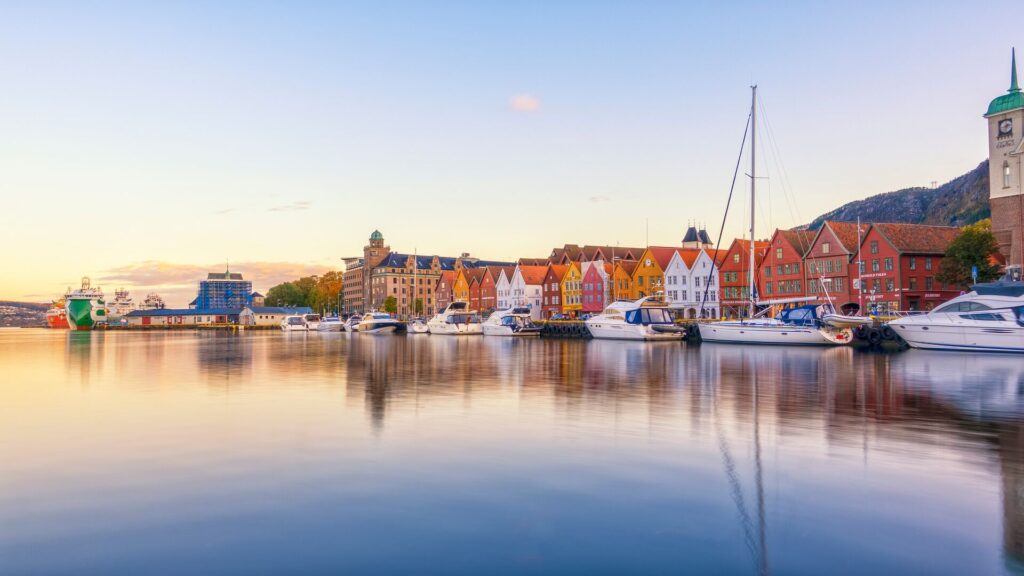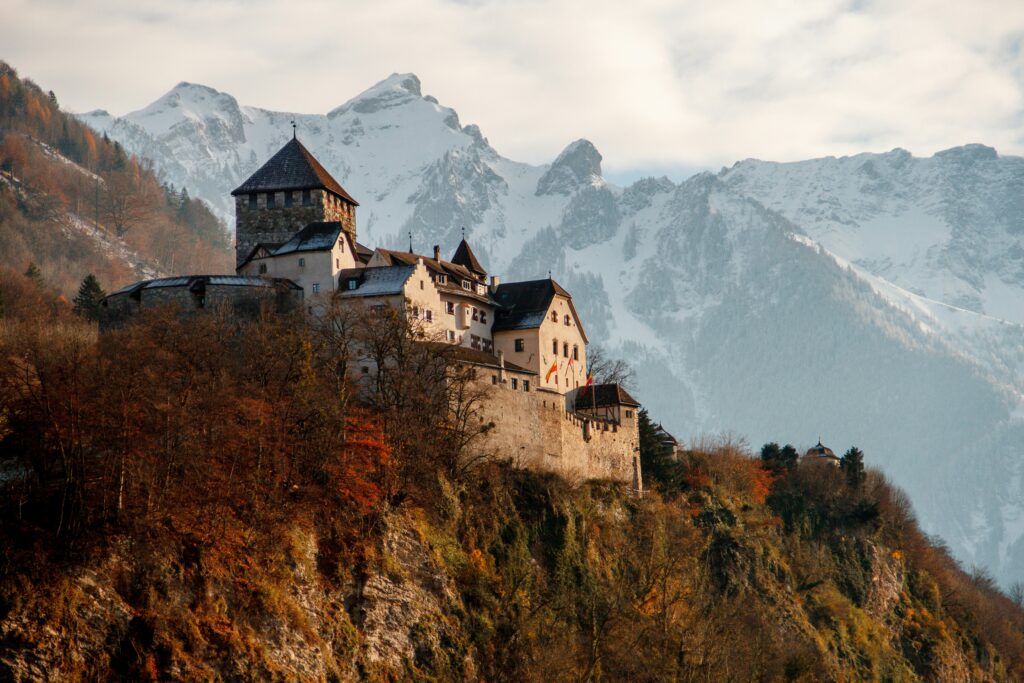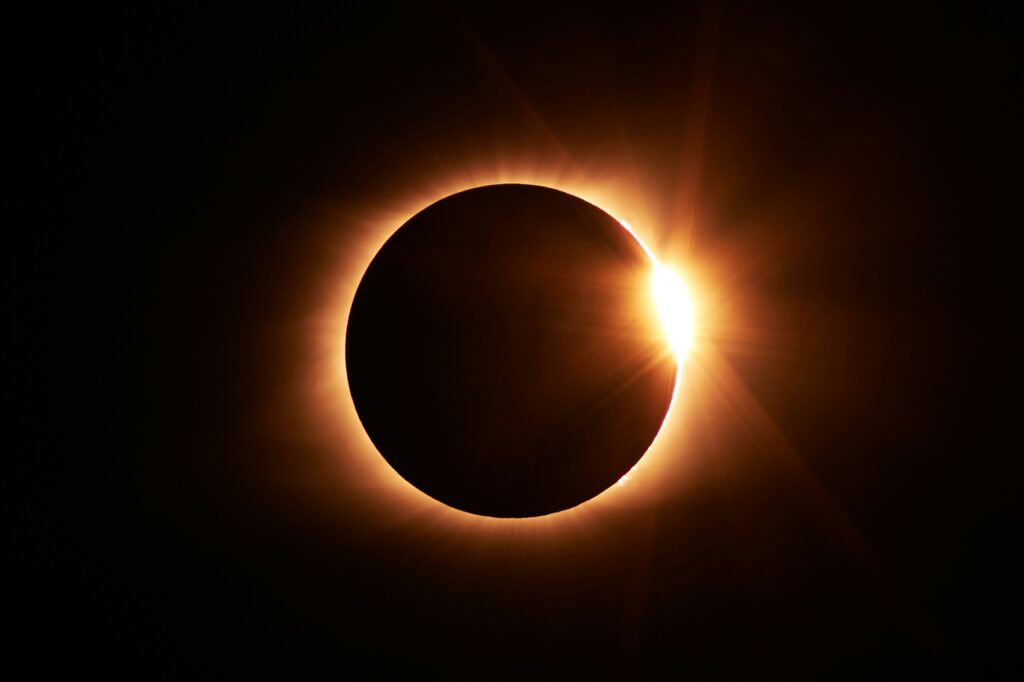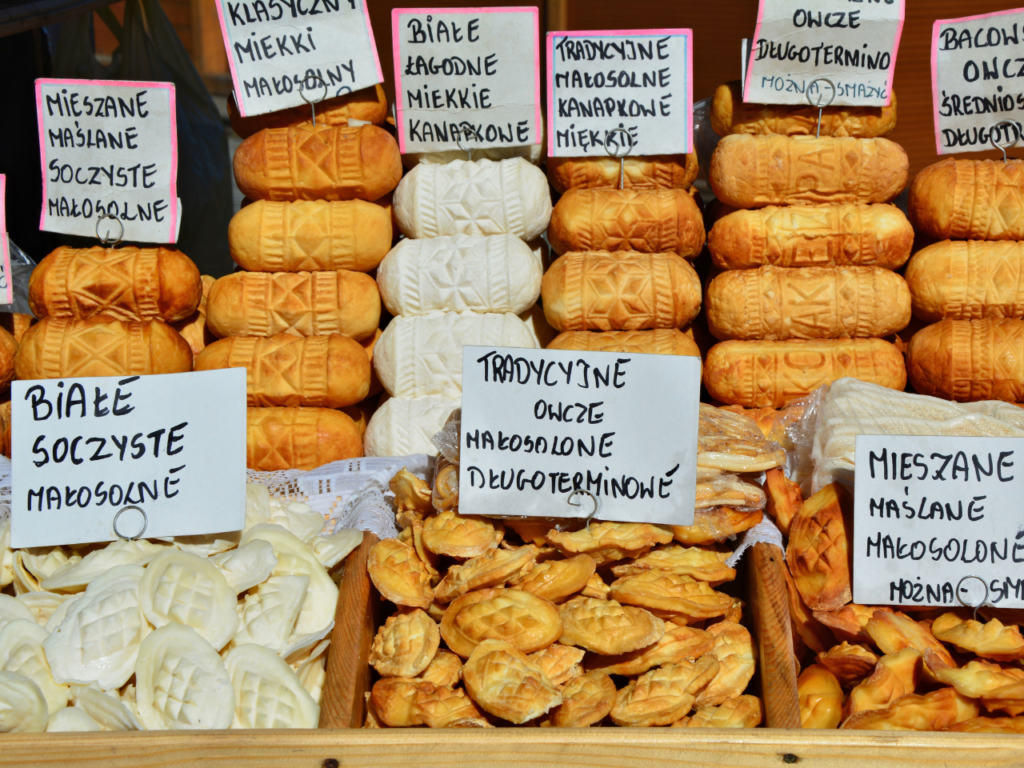Inti Raymi Festival: Peru’s Connection to its Incan Past
Inti Raymi – literally ‘Sun Festival’ in Quechua – was the Inca’s most important festivity. Taking place during Peru’s winter solstice, it celebrated the Inca’s highest deity: Inti, the Sun God. Eventually banned in the early 16th century by the Spanish promoting European Catholicism, the festival became lost to the annals of time. That is, until 1944, when Cusco locals re-enacted the festival at Saksaywaman. Since then, it has become a staple in Cusco’s cultural calendar, attracting tourists and sightseers every year.
This is the story of Inti Raymi, and Peru’s unique connection to its Indigenous roots.
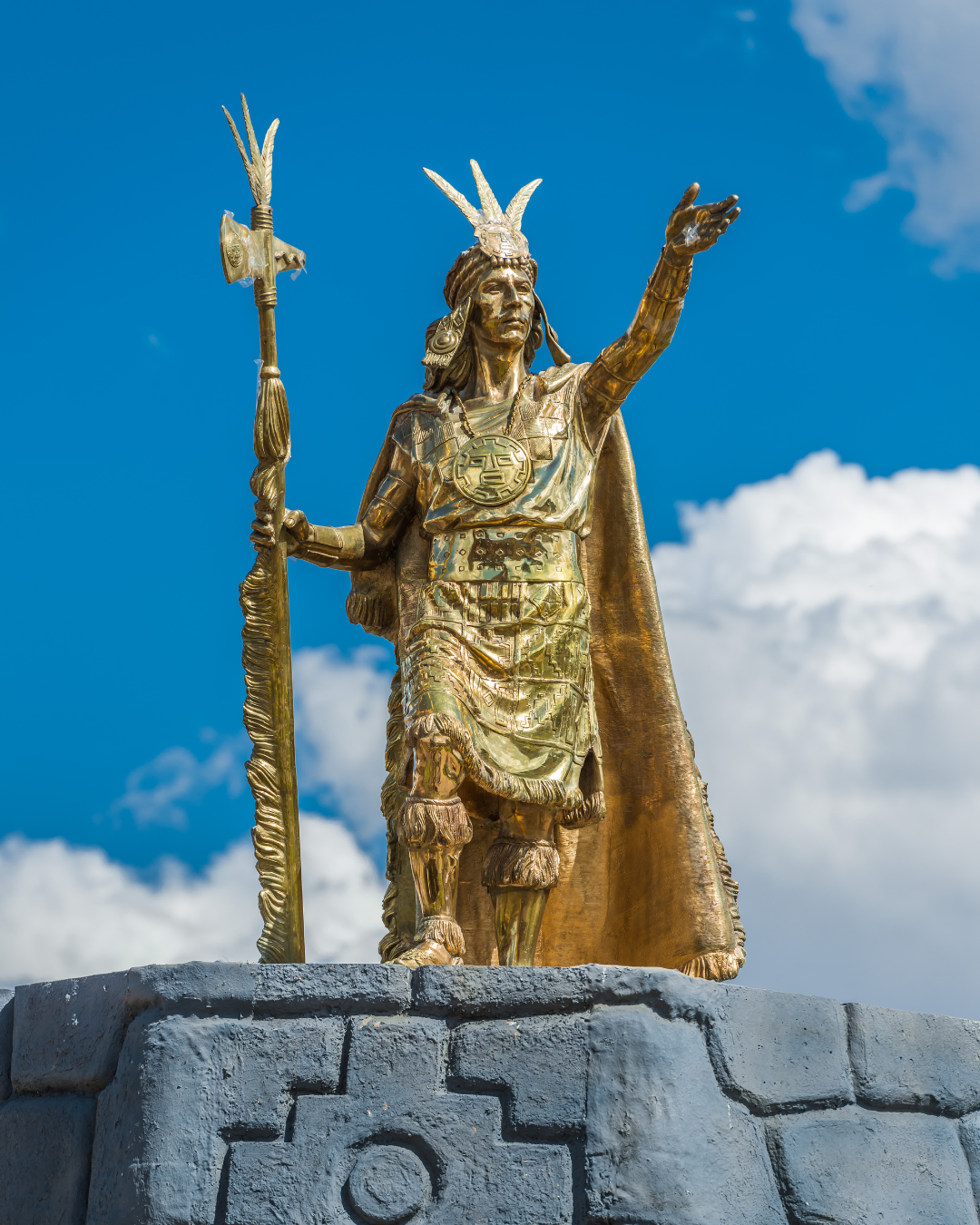
The Inca Emperor who created Machu Picchu also created the Inti Raymi festival.
What we know about Inti Raymi
Pachacuti, the great Inca Emperor, started the Inti Raymi festival in 1430. It mythologised the origin story of the Inca people, celebrated the Sun God Inti, and was the most important festivity of the the Inca Empire’s many regions across South America (called Tahuantinsuyo). It was characterized by dancing, colorful costumes, long processions and animal sacrifices. It also always took place on the shortest day of the year – the winter solstice.
The last official Inti Raymi was in 1535, before Spanish colonisers banned all Inca religious practices, promoting Catholicism instead. It may have been continued in the private homes of the Inca locals, but to all effects it was outlawed publicly.
Garcilaso de la Vega – the Inti Raymi chronicler
What we know of Inti Raymi is down to Spanish-Peruvian chronicler Inca Garciloso de la Vega. Born in 1539 in the Peru during the early years of Spanish conquest, he held a unique perspective on the falling Inca empire – especially due to his parents. His father was a Spanish conquistador, and his mother an Inca noblewoman, and he had lived with both of them at different stages of his upbringing. He then sailed to Spain at 21 years old, living there for the rest of his life. It is in Spain where he chronicled his homeland with firsthand accounts of the Spanish conquest and Inca culture and customs, culminating in his seminal work Comentarios Reales de los Incas (1609).
This was read widely in Europe, providing the western canon with its first literary work ever authored by someone born in the Americas.
If you’re curious about Peru, make sure to read: Why you should add these Peruvian icons to your bucketlist
How Inti Raymi has been revived in the modern world
After centuries, Inti Raymi has finally returned. Though likely kept alive in private by the Indigenous locals, it wasn’t until 1944 that the festival became a public affair again.
We can primarily thank Faustino Espinoza Navarro, writer and Quechua scholar who was founding member of the Peruvian Academy of the Quechua Language. He recovered fragments of Vega’s ancient writings, especially those pertaining to the Inti Raymi. Using this, he created a theatrical script and helped produce the first historical reenactment in 1944. Since then, the festival has built itself up to become a mainstay in the Cuzco calendar, attracting thousands of tourists every year.
SAVE UP TO $2,000 PER COUPLE* ON YOUR FIRST PREMIUM TOUR.
Plus receive latest offers, travel inspiration, and discover how your travels will make a positive impact. Together, WE MAKE TRAVEL MATTER®. Subscribe Now
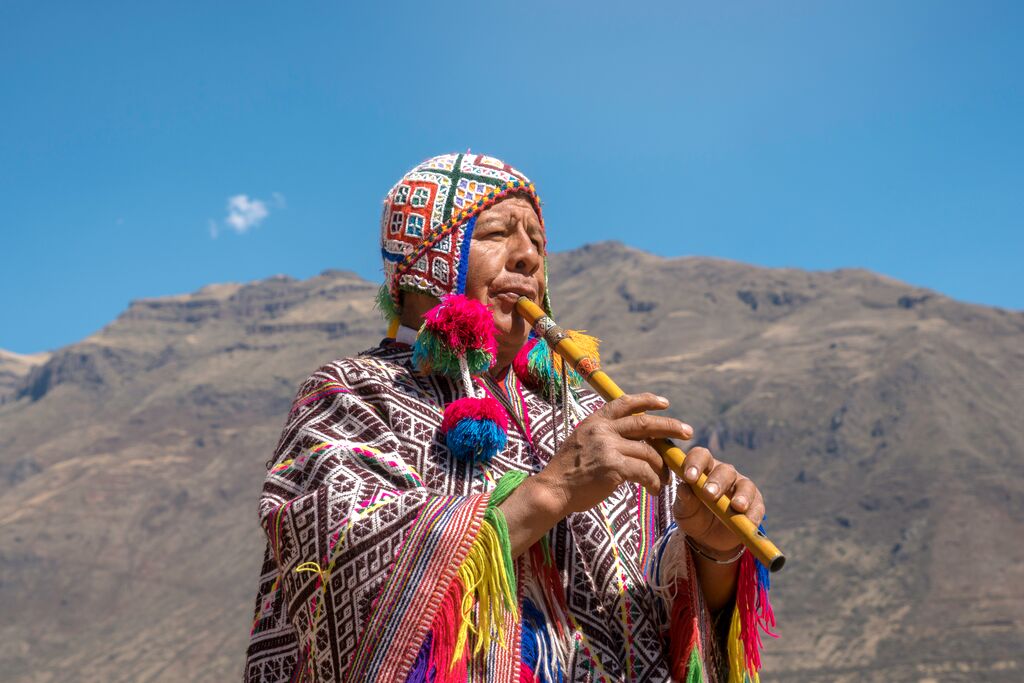
What you’ll see at Inti Raymi today
Inti Raymi is celebrated all throughout the ancient Tahuantinsuyo, which includes Ecuador, Colombia, Bolivia and Chile! However, it is in Cusco, where it historically took place, where you’ll get most authentic experience.
A massive procession takes over the city, starting at Coricancha, the Sun Temple, which was one of the richest and holiest places in the Inca empire. Before it can start, the Sapa Inca (the “only Inca” in Quechua) must lead praise to the Sun God, and then the procession sets off. They first march on over to Cusco’s Plaza de Armas. This was known as Haukaypata in Quechua, and it is where the Empire’s most important figures would gather during the night to await the Inti – the Sun God – to break the night at dawn. When it ascended above the mountains, the people would give thanks and prayer for a prosperous harvest.
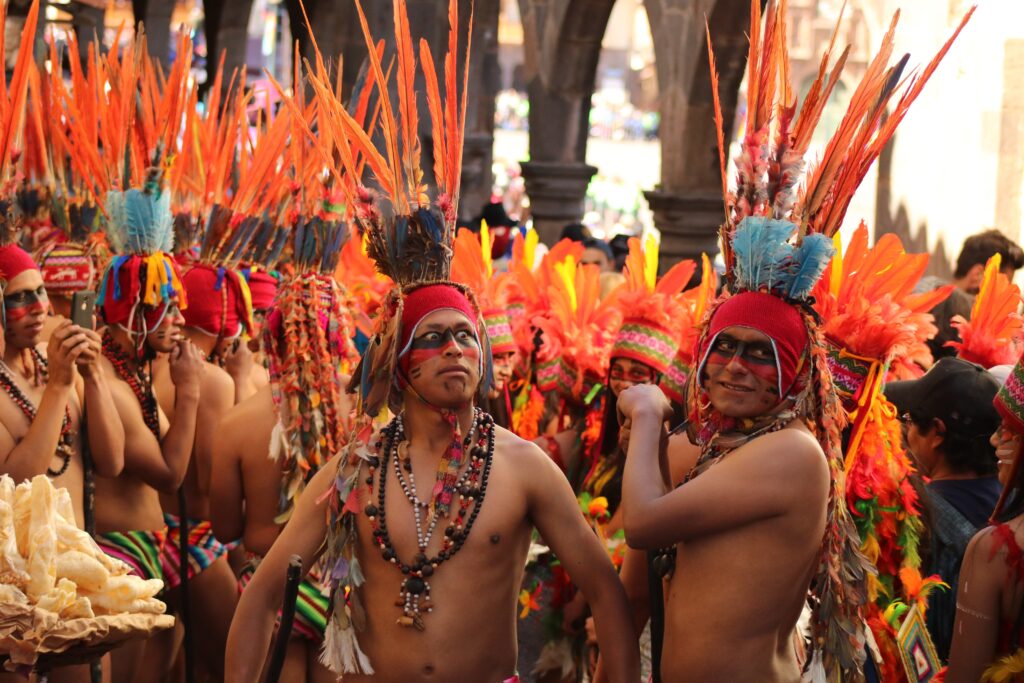
The parade is made up of more than 800 actors, dancers, and musicians, playing out scenes and performances that harken back to the original festival. Everyone wears traditional dress signifying different roles in the Inca Empire. The Queen, the warriors, the sun maidens, and so on. When this procession arrives, the festivities continue with a coca leaf-reading in Quechua. After this, the procession goes on to the temple fortress Sacsayhuaman, where the festivities crescendo. Here, the Inca and his entourage give praise to the Sun God, reciting a prayer in Quechua. Then the climax: the bloody sacrifice of a camelid. Luckily, these days this is simulated, so don’t worry – no friendly llamas are harmed. With this ritual comes much fanfare, music, drums and dancing. It’s truly a sight to behold.
Much like the country’s rich textile tradition, preserved Quechua language and distinct ethnically Indigenous population, the Inti Raymi is yet another example of Peru’s dedication to preserving the connection to its Inca past.
Save for later: The fascinating history of Peru’s rise as an astronomical superpower
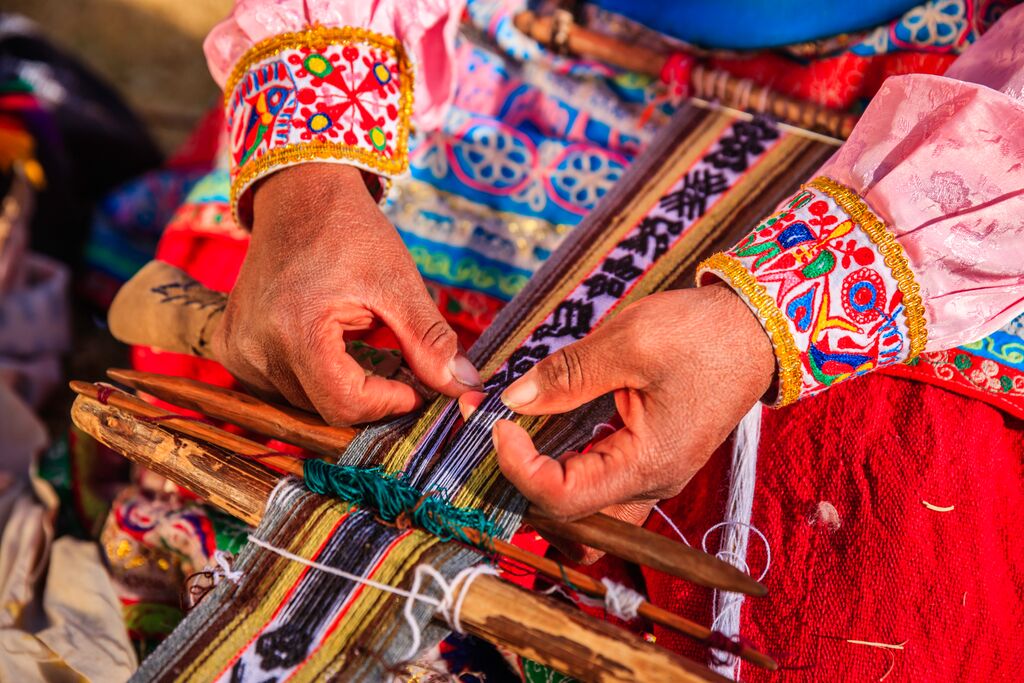
Experiencing Inti Raymi yourself
Since Inti Raymi is one of the biggest festivals in Peru, you should make sure to book accommodation well in advance. Expect it to be more expensive than usual, especially in Cusco.
You can follow the procession for free, or buy tickets to tiered grandstand zones to watch from a vantage point in the Sacsayhuaman. A lot of people will get a good view of the festival from two hills near the fortress, but they fill up quickly, so go with the age-old adage and be an early bird if you want to get the worm.
Want to uncover Peru’s most fascinating insights with the help of leading Travel Experts? Browse through our insightful Peru tours, where you’ll have real locals and expert guides helping you traverse the fascinating mysteries of the old Inca Empire.
LIKED THIS POST? SHARE WITH YOUR COMMUNITY
